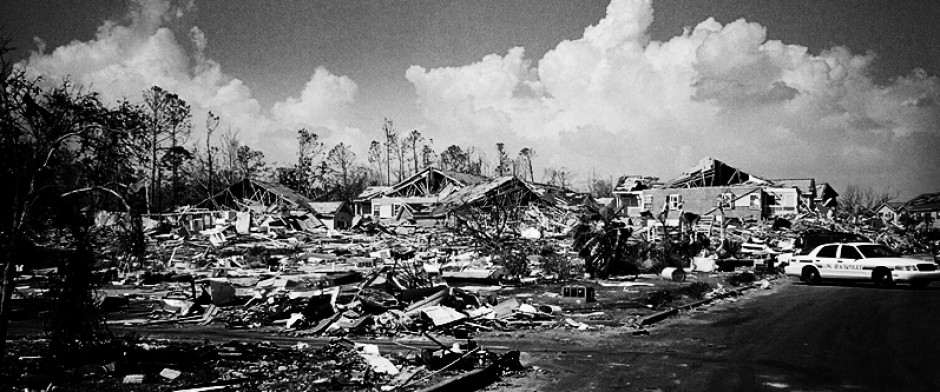I get asked a lot about what my preferred techniques and tools are for starting a fire. Many items are on the market from old school flint and steel to lighters, matches, and magnesium fire steels that shower your tinder with hot sparks. So for “last minute survival,” what would be my best choice if I could only choose one? Further, why are there so many fire steel “sparker” devices? Are they really that good and should I have one? The good news is I have a definitive answer for you so read on.
My answer is that in a survival situation, your best fire starter is whatever gets the fire reliably started in the quickest and most energy efficient manner. What works is what I carry and that is a simple lighter. In fact, it is one of the three items I never go anywhere without and always have on my person. What I have witnessed in the real world over and over is that for the average person, a simple lighter is by far your best choice. Even when instructing experienced outdoorsman, the lighter is still the choice fire starter and the one that most people see the quickest and most consistent success when starting a fire. This isn’t an accident. The lighter is very convenient, works well, and most people are comfortable operating one even in complete darkness. Lighters are also very forgiving and can allow one to maintain the flame to light larger tinder items that spark type ignition methods are not capable of igniting. Lighters are small and light enough that a person can carry a small backup lighter in a waterproof container in their pack and still always have a primary on their person. Further, you can operate a lighter even when your dexterity is diminished such as during the mid to late stages of hypothermia when getting a fire started immediately is critical to survival. Lighters also can still operate after being wet if allowed to dry out and they can also provide some temporary light. They don’t get soggy and absorb moisture like matches. Finally, lighters are available all over the world and are one of the cheapest fire starting tools available.
Where I notice the advantage to lighters the most is when it comes to one’s ability and experience gathering and preparing a tinder bundle. If the student must use only naturally occurring materials, this becomes all the more acute. Specifically, for more advanced fire starting techniques, your tinder must be high quality. The tinder needs to be a material that is very fine, dry, and combustible such as dry grass or the silk from dry thistle or milk weed pods, or premade by making very fine shavings of wood or char cloth. None of these items are easy to always find in the field, make quickly, or something you always have on hand. However, if the student is given a lighter, they gain a huge advantage by being able to use items as “tinder” that generally would not work with other methods. Some examples are thicker paper, thicker wood chips or small twigs, damp tinder, cardboard, plastic bottles, etc. Further, not only are they able to use a far larger variety of materials as tinder, the time it takes to assemble the fire materials and get a good fire burning is cut to an absolute minimum. These minutes and seconds are what separate survivors from the dead when it comes to situations like suddenly falling in a cold stream and having to get warm.
In spite of the obvious advantages I point out to people respective of lighters, people still want to know if I prefer to use an item like a fire steel. I like to ask them if they have ever tried “sparking” a candle to get it lit. This question usually illustrates to them the advantage of having a “lighter” versus a “sparker.” The bottom line is the lighter is superior when it comes to starting a fire. However, I believe the fire steels and sparking devices have their place and are a reliable method of starting fires. In fact, I do carry and use them, but these are backups to backups and I like the nostalgia. Sparking devices are not for the novice outdoorsman and shouldn’t be your primary method for starting a fire.
The value of sparking devices is to teach the fundamentals of fire building. If someone learns to build a fire with a sparking device, they can build a fire under most conditions and far more easily when given something like a lighter. Think of teaching a person to start a fire with a sparker like teaching someone to navigate with a map and compass and the stars. Once they master the compass, giving them a GPS is like giving someone a lighter. This makes the survivor far more skilled and thus, better prepared. If you do decide you want to try one, I recommend completely skipping the small rod sparkers and going for a striker device that gives you a large shower of sparks. The more sparks the rod can throw per strike the better. I have tried about all of the major sparkers on the market and the two I like the best are the “Blastmatch” and Gerber’s “Bear Grylls Survival Series Fire Starter.” Both of these emit a large cone of hot sparks, last a long time, and are reasonable priced. However, the Blastmatch is unique in that it allows for truly one handed operation and a very controlled cone of sparks. What I notice is that people have a lot of trouble “throwing” the cone of sparks into their tinder bundle without obliterating their bundle of tinder. The Blastmatch allows you to simple place the end beside the bundle and press down in a controlled manner. I became convinced the Blastmatch was the optimum sparker after successfully being able to train kids as young as four and five years old to build a fire with it.
As previously mentioned, starting a fire with sparks requires you to find very good tinder. Finding good tinder takes practice, skill, time, and labor. If you use a sparker, I would recommend you make this easy and just carry some premade tinder with you. You can always get nostalgic when your life isn’t hanging in the balance and work up a fire with a friction drill or something primitive, but for survival situations, “easy tends to become hard” so let’s keep things as easy and simple as possible. My top three “artificial” tinders that work extremely well with sparking devices are: cotton balls saturated with Vaseline; an alcohol gel based hand sanitizer, and any one of the store bought solid fuel fire starter tablets.
So there you have it. The lighter is best, but fire steel style sparkers will work and are important for teaching the fundamentals of fire building. Remember though, neither will serve you well if you don’t practice. Feel free to send in any comments and don’t take my word for it, please try these items out safely out home. Only by getting familiar and practicing with the various tools and techniques ahead of time will your skills serve you well when you need them.
By Guiles Hendrik
January 28, 2016


